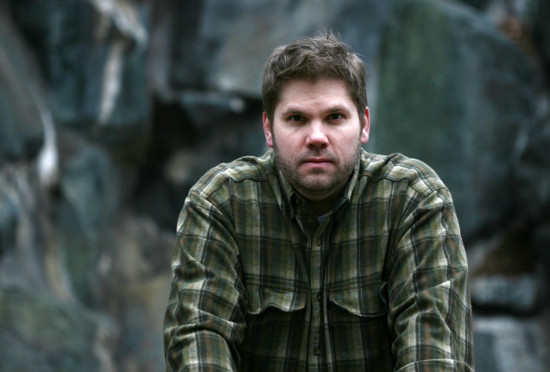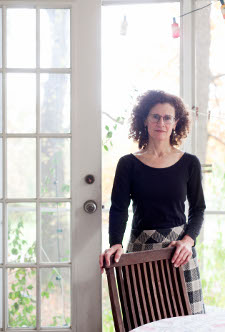
Jessica Lamb-Shapiro's Promise Land seems to invite preconceptions.
First, there's the white kitty hanging perilously from a rope on the book cover, cheekily recalling the famous "Hang in There" inspirational poster.
Then there's the subtitle: My Journey Through America's Self-Help Culture.
Flip to the first page of prologue. The book opens: "Ten years ago, I tagged along with my father to a weekend conference on how to write self-help books." Yes, it really was a self-help retreat for self-help-guru wannabes.
From those elements, you might expect an arch, cynical take-down of a movement and the industry that feeds it (or feeds off it).
Lamb-Shapiro will be the January 27 guest in the River Readings at Augustana series, and you're hereby advised to not judge this book by its cover or its opening sentence. It's so much richer than that.


 There are few people in the arts who admit to being concerned about either their fame or their place in history. Jaimy Gordon is one of that rare breed, but she doesn't need to fret anymore.
There are few people in the arts who admit to being concerned about either their fame or their place in history. Jaimy Gordon is one of that rare breed, but she doesn't need to fret anymore.







